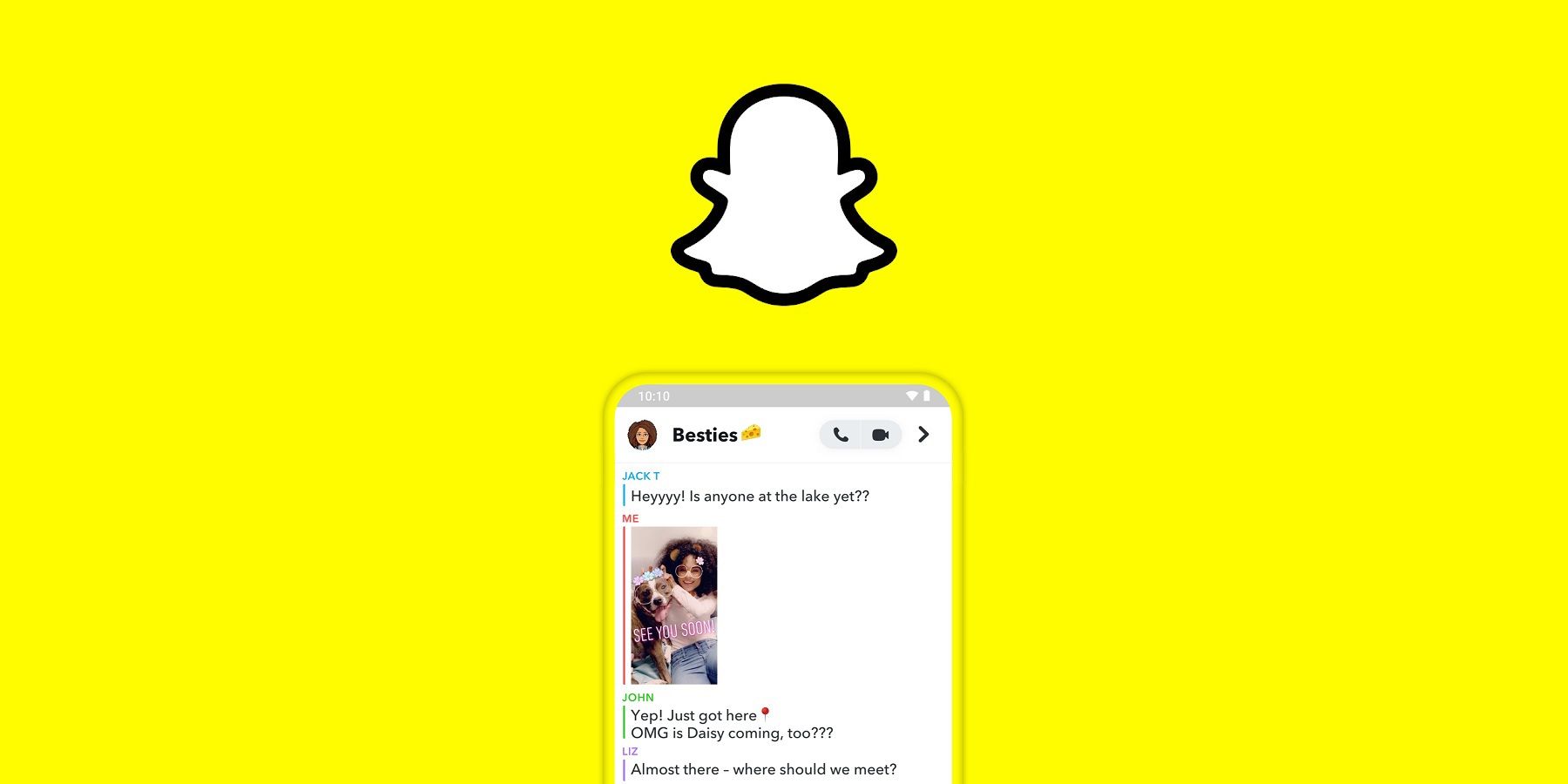
While there are real benefits for app developers working with GMS devices (like lowering development time and potentially delivering superior experiences), you can still access many of these services using Google’s own programmatic APIs. You can also implement programmatic access to Gmail using the Gmail API.

#What is gms android#
For example, using the Google Drive API, you can integrate Drive directly into your Android app without any reliance on GMS.
#What is gms windows#
Google makes APIs available for many of its services on Windows and macOS via the browser or standalone app support, making integration achievable for non-GMS Android devices. If you have an app with GMS dependencies, switching to non-GMS Android requires some planning - but it’s far from impossible. Many mainstream Android applications are dependent on GMS package capabilities like SafetyNet APIs, Firebase Cloud Messaging (FCM), or Crashlytics. In addition, specific packages from Google are available only on GMS-certified devices. The GMS bundle varies a bit by region, but typically includes apps like: GMS is not part of the Android Open Source Project (AOSP), which means device manufacturers need to be licensed to pre-install the GMS bundle on devices. GMS is a bundle of applications and services built by Google that comes pre-installed on GMS-certified Android devices. Google Mobile Services (GMS): Pre-installed apps and services GMS, on the other hands, allows you to tap into the mainstream consumer Android market, which brings relatively known quantities familiar to consumers and employees. Non-GMS Android may be the only answer for some dedicated devices that fall into non-standard use cases, like smart displays for single-purpose fitness equipment. Non-GMS Android can be the right solution for single-purpose device use cases, but it still depends on what you’re trying to do and whether you need Google services and associated packages (applications) to get there. Depending on your specific requirements, GMS could be the way to go - but you do have other, potentially better options available. Also known as corporate-owned, single-use devices (COSU), these machines don’t always need GMS capabilities. But when it comes to dedicated devices - kiosks, single-purpose tablets, or display signage - the answer is more complex. Your average corporate-owned employee smartphone probably shouldn’t be running a specialty Android Open Source Project (AOSP) build. The answer depends on what you’re trying to do.

Do you need to use Google Mobile Services (GMS) for your dedicated Android devices?


 0 kommentar(er)
0 kommentar(er)
